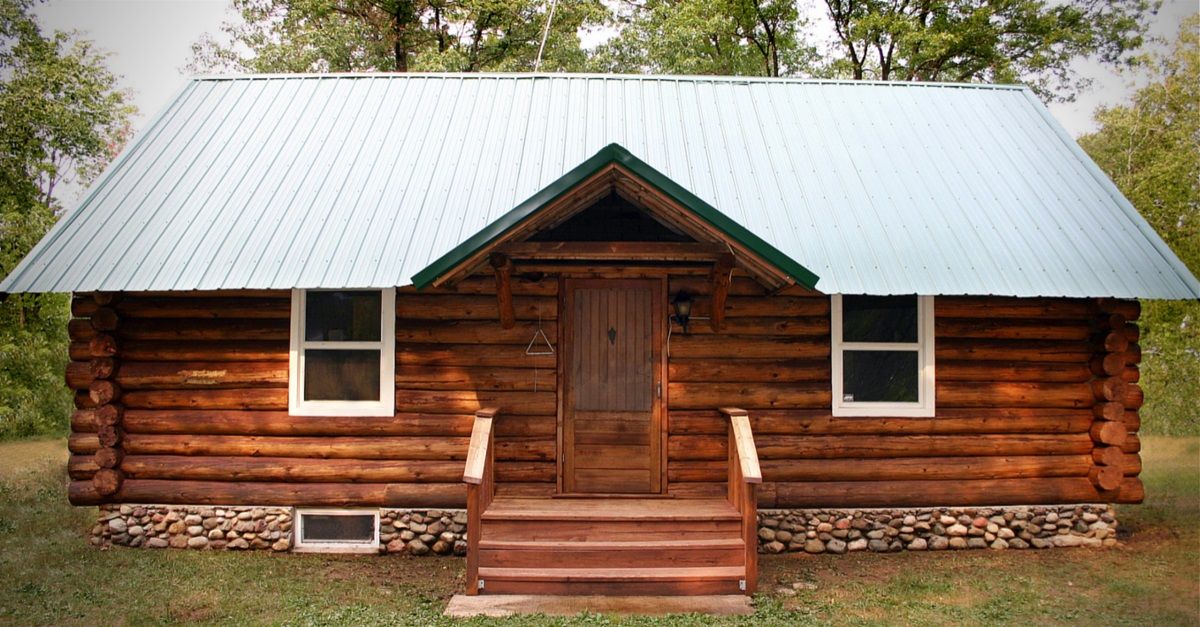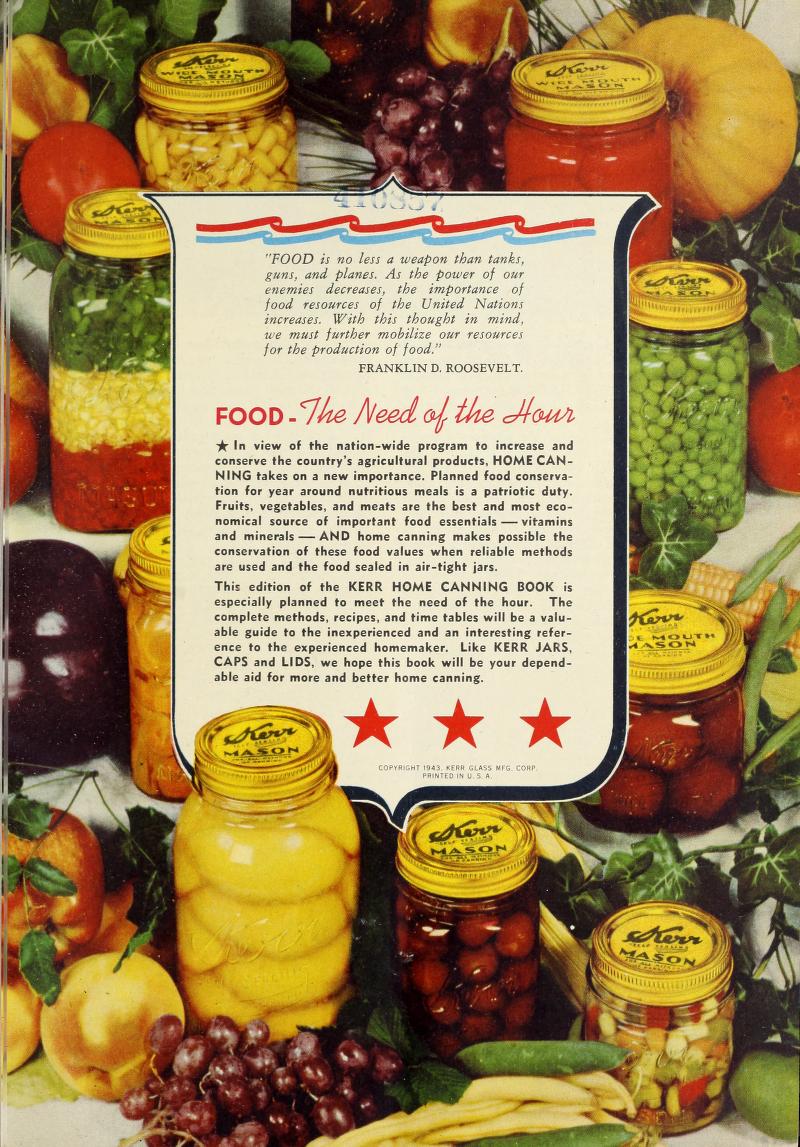Table of Content
Destroying and/or preventing the growth of undesirable bacteria, yeasts, and molds. The county where we have our retirement home has a canning plant at the local High School. During canning season you just bring in your produce and spices .

Old lids can either be recycled or used for crafts or to top other jars that will be kept in the fridge but never reused for canning. The sealing of the jars occurs while they cool. Once that’s done, you can finally label and date them before storing them. The jars will seal as they cool, and all you will have to do afterward is labeling and dating them before storing them. Turn off the heat when your jars have boiled for the required amount of time.
Choosing Canning Jars
A flat bottom must be used on an electric range. Either a flat or ridged bottom can be used on a gas burner. To ensure uniform processing of all jars with an electric range, the canner should be no more than 4 inches wider in diameter than the element on which it is heated. Hot-packing is the best way to remove air and is the preferred pack style for foods processed in a boiling-water canner.

Turn heat to high and watch until steam begins to escape from the vent. This step is necessary for all pressure canners to remove air that could otherwise lower the temperature and result in under processing. Fruits and vegetables may be packed raw or they may be preheated and then packed into canning jars. The hot pack yields better color and flavor, especially when foods are processed in a boiling water bath.
What canning methods are there?
Add the canning liquid, then press on the mixture with a utensil to ensure there are no air pockets. Remove cans from the boiling water using a jar lifter. Carefully clean the edges of each can with a towel. Preparation - rinse the cans, but donít rinse the lids.

Freeze the contents of the unsealed can, or refrigerate the product and use within 3 to 4 days. Alternatively, the meat may be reprocessed in a new can within 24 hours of the initial processing period. Air-cooling facilitates the transfer of heat into the air.
Previous PostQuality Check: Tips to Buy Tin Cans for Canning
Dial-gauge canners must be tested for accuracy every year before the canning season. Call your local Extension service office to schedule an appointment to have your dial-gauge canner tested. Put filled glass jars on the rack in the canner. Add more boiling water or take out some as needed so that the water is at least 1 inch over the tops of the jars. If you add more water, pour it between the jars, not directly on them, to prevent breakage. Put the lid on the canner and set the heat to its highest setting.

Metal cans are an all-around better option than glass jars or plastic containers. While some plastic and glass containers have a useful lifespan of decades, metal cans last up to 100 years and can still be recycled at that point. They also last longer than paperboard cartons.
Methods of Pack
Do not cover the canner or the pan, otherwise condensing moisture will drop into the cans. Silgan provides innovative, shapely designs and complementary color palettes that help contemporize metal packaging and the brands they represent. Water bath canning will let you do tomatoes, fruits, jams, jellies and pickles.

They can actually have something that doesn't crunch when they eat it. They can be a bit pricey but , for what you get I guess its a good price. Also when you look at a can sealer/seamer make sure to ask if it can reseam. My All American can reseam cans to close them back up with a new lid. Can be rapidly cooled to 95° F, 35° C eliminating bacterial growth and additional cooking.
Replacement gauges and other parts for newer canners are often available at stores offering canner equipment or from canner manufacturers. When ordering parts, give your canner model number and describe the parts needed. Internal canner temperatures are lower at higher altitudes. To correct this error, canners must be operated at the increased pressures for the appropriate altitude.

While this type of food poisoning is rare, it can be fatal. This is actually a big reason why many homesteaders are wary of home-canning. Botulism is caused by the Clostridium botulinum bacteria, which produces a deadly toxin in canned goods that haven’t been processed or sealed correctly. This toxin attacks the nervous system, paralyzing the body and causing death. Place them on a kitchen towel on top of the counter, and make sure to leave a space of at least 1 inch (2.5 cm) between them while they’re cooling. Allow the jars to sit undisturbed to cool at room temperature for 12 to 24 hours.














